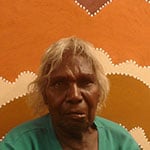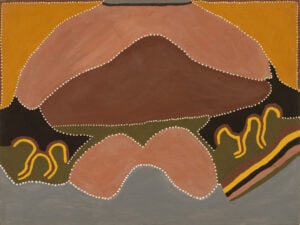
FREE WORLDWIDE SHIPPING

100% MONEYBACK GUARANTEE

LAYBY & PAY LATER PAYMENT OPTIONS
Showing the single result
About the Artist
c.1932 – 2011
Madigan Thomas was born c. 1932 on Violet Valley Station just south of Warmun. As a child, she assisted the women with yard and domestic duties around the station, and learnt from her elders the very depths of her culture which remained with her for the rest of her life.
On moving to reside on Mabel Downs Station after Violet Valley became an outstation (her son Bruce has now converted Violet Valley (Baulah-Wah) back to a working cattle station), she assisted her stockman husband Sandy (who passed away in late 2009). Madigan rode with the men, mustered the cattle and undoubtedly kept up with the best.
She educated her children whilst living in Wyndham and gave them the benefit of higher education – demonstrating how astute this lady is – she knew the importance of this and her children have succeeded, with Ethel becoming a teacher and later C.E.O. of Warmun Community, her son was the former Chairperson of Warmun Community, her eldest daughter, Shirley Purdie, a famous artist in her mother’s footsteps, and in turn Madigan’s grandchildren are succeeding in their chosen professions.
Madigan and Sandy’s community was Violet Valley, her home country – and, whilst living at Warmun Community with Shirley, spent as much time as possible at Violet Valley. When Madigan painted her home country, the works were invariably softer than her often strong style, and one can only assume that here is where she relaxed.
She was a strong woman who spoke her mind freely and directly and believed in her Traditional woman’s law, particularly in relation to young girls. Madigan demanded respect and it was given freely to this wonderful lady. The 1970’s saw the establishment of the women’s painting movement championed by Queenie McKenzie and Madigan Thomas. These two women are mentioned very often in the same context as Rover Thomas and Jack Britten.
Madigan’s style was wide and varied – from delicately dotted landscapes to vivid black lines of the open cut diamond mine on the Women’s Sacred Site, to extremely clever sketch paintings of animals – like Jack Britten and all great artists, Madigan can sketch Kartiya (whiteman) style.
It has been written that Madigan’s style of painting was characterised by various pathways and dreaming tracks that meander through the painting. To view the paintings aesthetically they are flowing, sometimes simplistic and sometimes detailed; however, they invariably portray or show the whole story.
Madigan participated in many exhibitions and was a finalist in the 1994 National Aboriginal Art Award, her paintings are much sought after and she was never seen to produce anything other than a really excellent piece of art. Madigan is considered by many experts as one of the most important contemporary painters of our time.
Madigan was the epitome of a strong Kitja Law woman. She passed away in August 2011 and was laid to rest next to her husband Sandy on her beloved community of Violet Valley.
SELECTED EXHIBITIONS
1994
- Finalist Eleventh National Aboriginal Art Award Exhibition, Museum and Art Gallery of the Northern Territory, Darwin.
1995
- Paintings by Warmun Women, Kingston, A.C.T.
- Paintings by Warmun Women, AGOG, Canberra
1996
- Figures in the Land, National Gallery of Victoria, Melbourne
2001
- Kintolai Gallery, Adelaide
2003
- True Stories, Art of the East Kimberley, Art Gallery of NSW
- Framed Gallery, Darwin
2004
- Woolooongabba Gallery, Brisbane
2005
- Flinders Lane Gallery, Melbourne
2007
- Solo Exhibition, Seva Frangos Art, Perth
SELECTED COLLECTIONS
- Parliament House Collection
- Art Gallery of New South Wales
- Art Gallery of Western Australia
- Darwin Museum and Art Gallery
- Prestigious Private and Corporate Collections within Australia and world-wide.
BIBLIOGRAPHY
- S. McCulloch, Contemporary Aboriginal Art, A guide to the rebirth of an ancient Culture – Allen & Unwin 1999
- Digging Stick to Writing Sticks, Stories of Kitja Women
Current local time at Gallery
-
Mon - Fri: 9:00AM - 4:00PMOpening Hours
Saturday: 9:00AM - 12:00PM
Sunday: Closed -
Call Us
1300 362 551
+61 8 9168 1881



